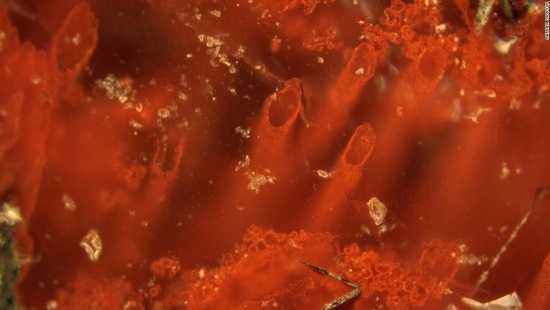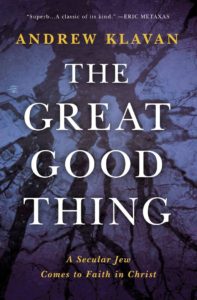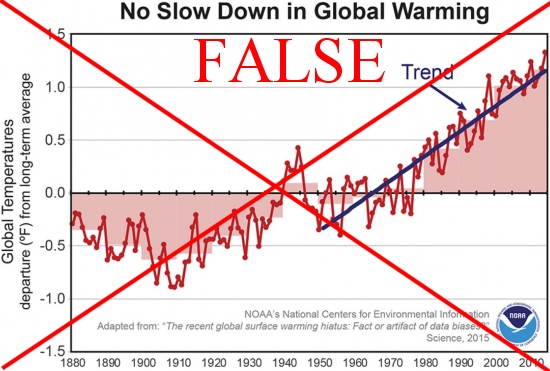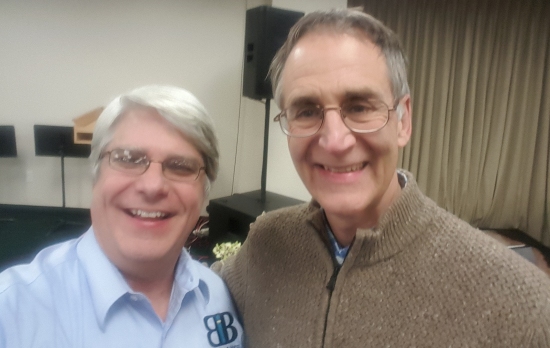
(photo from the scientific paper being discussed)
The headlines are screaming the latest incredible fossil find. Science News says, “Oldest microfossils suggest life thrived on Earth about 4 billion years ago.” MSN reports, “World’s oldest microfossils found, study says.” The Washington Post writes, “Newfound 3.77-billion-year-old fossils could be earliest evidence of life on Earth.” I have learned to take most of the “science” you find in the major media outlets with a grain of salt, so I decided not to comment on this story until I read the scientific paper upon which all this fuss is based. As is usually the case, the scientific paper is not nearly as sensational as the headlines that report on it.
Let’s start with where this discovery was made. There is a geological formation in Quebec, Canada known as the Nuvvuagittuq greenstone belt. It contains rocks formed from lava as well as those formed from sediments. These rocks, however, have been subjected to a lot of heat and pressure and are therefore called metamorphic rock, because the heat and pressure have transformed (metamorphosed) them from their original state. That’s important. I will come back to it later.
Extensive geological studies have concluded that this formation was once on the ocean floor and contained hydrothermal vents. There is controversy when it comes to the conventional dating of the formation, however. Radioactive dating based on the abundance of specific uranium and lead isotopes indicates that the formation is about 3.8 billion years old. However, radioactive dating based on samarium and neodymium isotopes indicate that it is 4.3 billion years old. As a nuclear chemist, I don’t think either dating method gives accurate results, so those dates mean very little to me. However, they are important to those who are committed to believing in an ancient earth. So whether or not these are the oldest microfossils isn’t really known. If one of those two conflicting ages happens to be correct (I seriously doubt it), then yes, they are the oldest.









